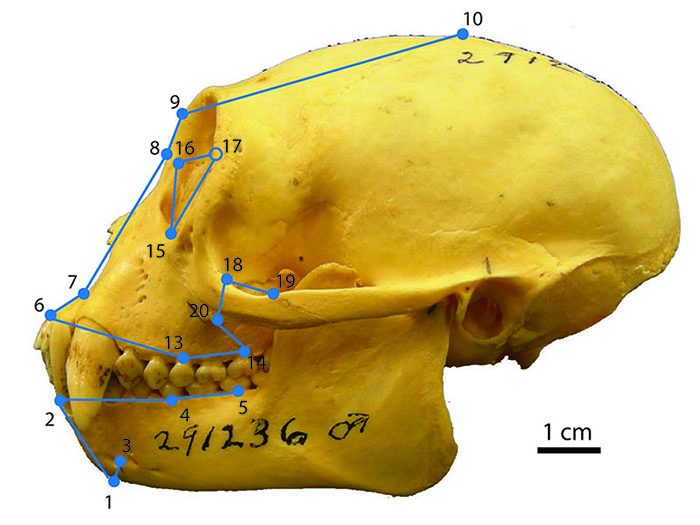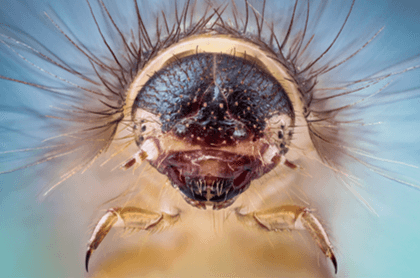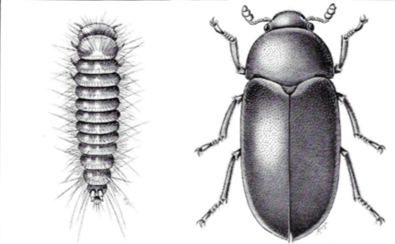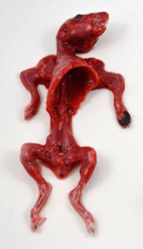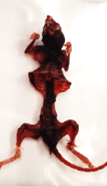Undergrad researcher Lydia Haake has recently completed her undergraduate thesis concerning the best practices of using dermestid beetle colonies for cleaning specimens using house mice and the results are in!
The species of dermestid beetle species used in Lydia’s research is Dermestes maculatus, which are found on every continent except Antarctica. This species prefers to feed on animal tissues such as muscle, fat, and skins but can also survive on bone, feathers, and furs. Dermestid species are the preferred method for cleaning soft tissue off of osteological specimens and they are sometimes referred to as ‘skin beetles’ because they feed on dead and dried animal material in their native environments. For more information on Dermestes maculatus, refer to the University of Florida’s Featured Creatures here.
By systematically examining how long it took our dermestids to clean off mice carcasses, Lydia was able to test a variety of factors that have previously been suggested to influence dermestid cleaning. As it turns out, specimens that were placed directly of the dermestid habitat substrate were cleaned the fastest, and specimens retained excellent articulation or their skeletal systems were complete when the colony habitat was in the dark or naturally-lit. For current and future dermestid colony caretakers seeking to maximize specimen processing this research suggests they should minimize direct light on the colony and place specimens directly on the substrate (rather than in a raised basket as some prior work had suggested).
From all of us in the Terhune Lab, we wish you a holly, jolly holiday season and a wonderful new year!
